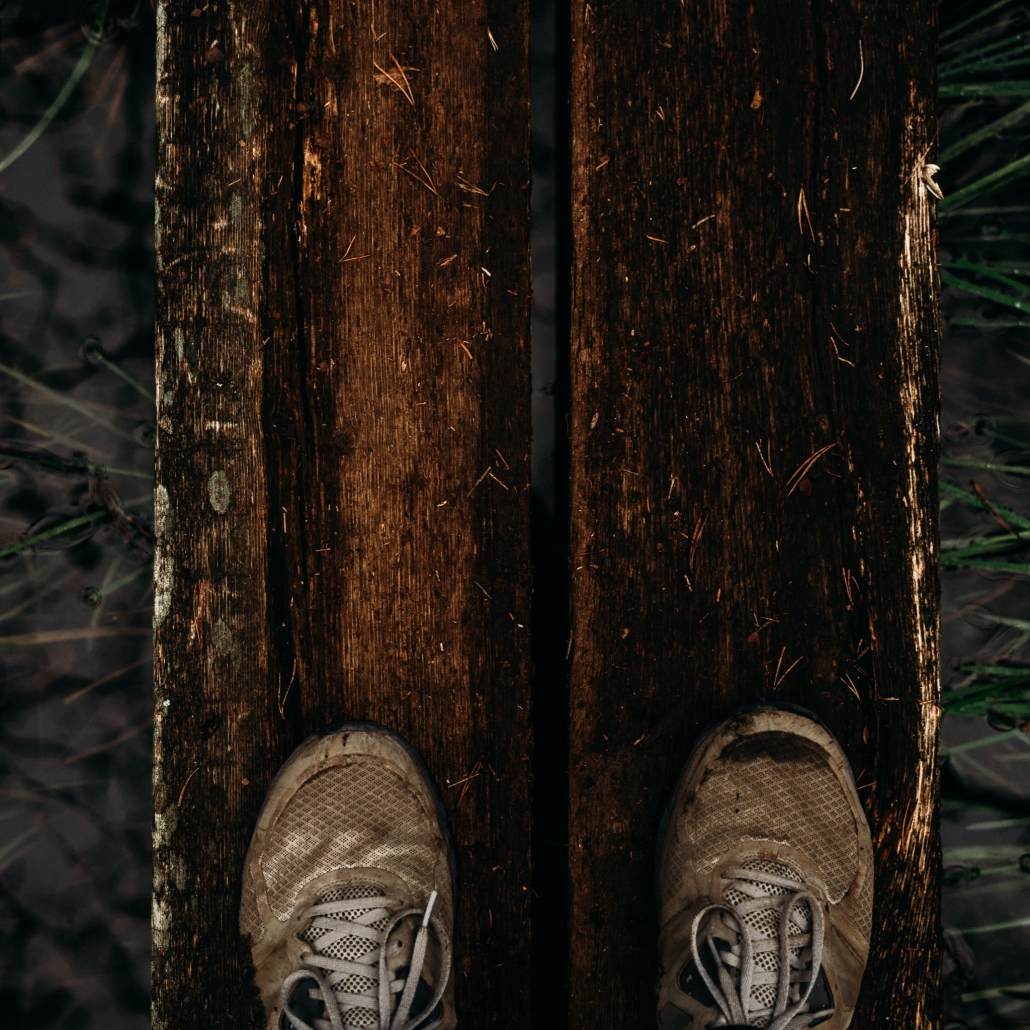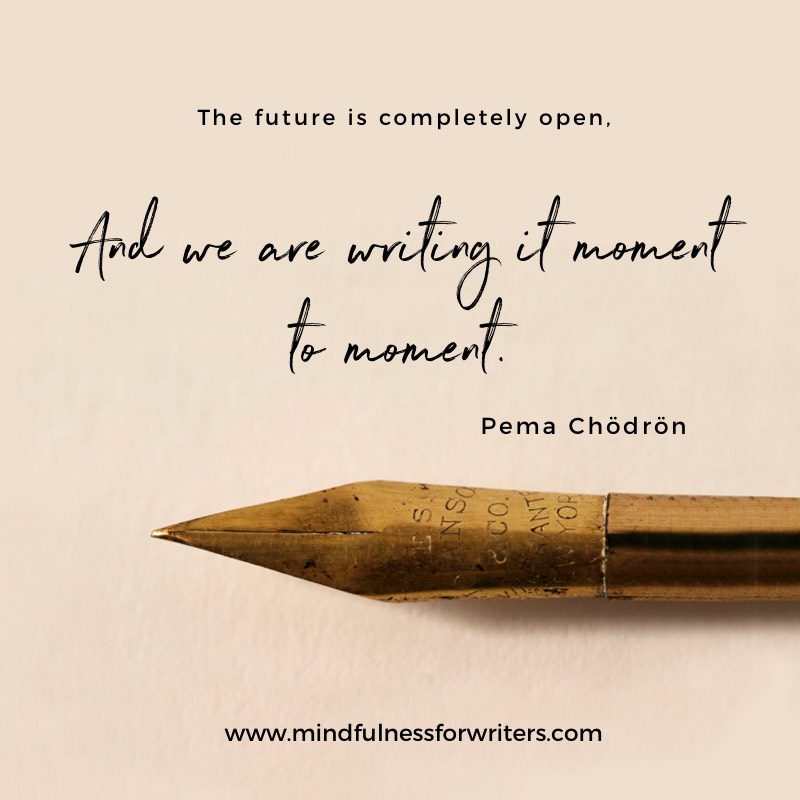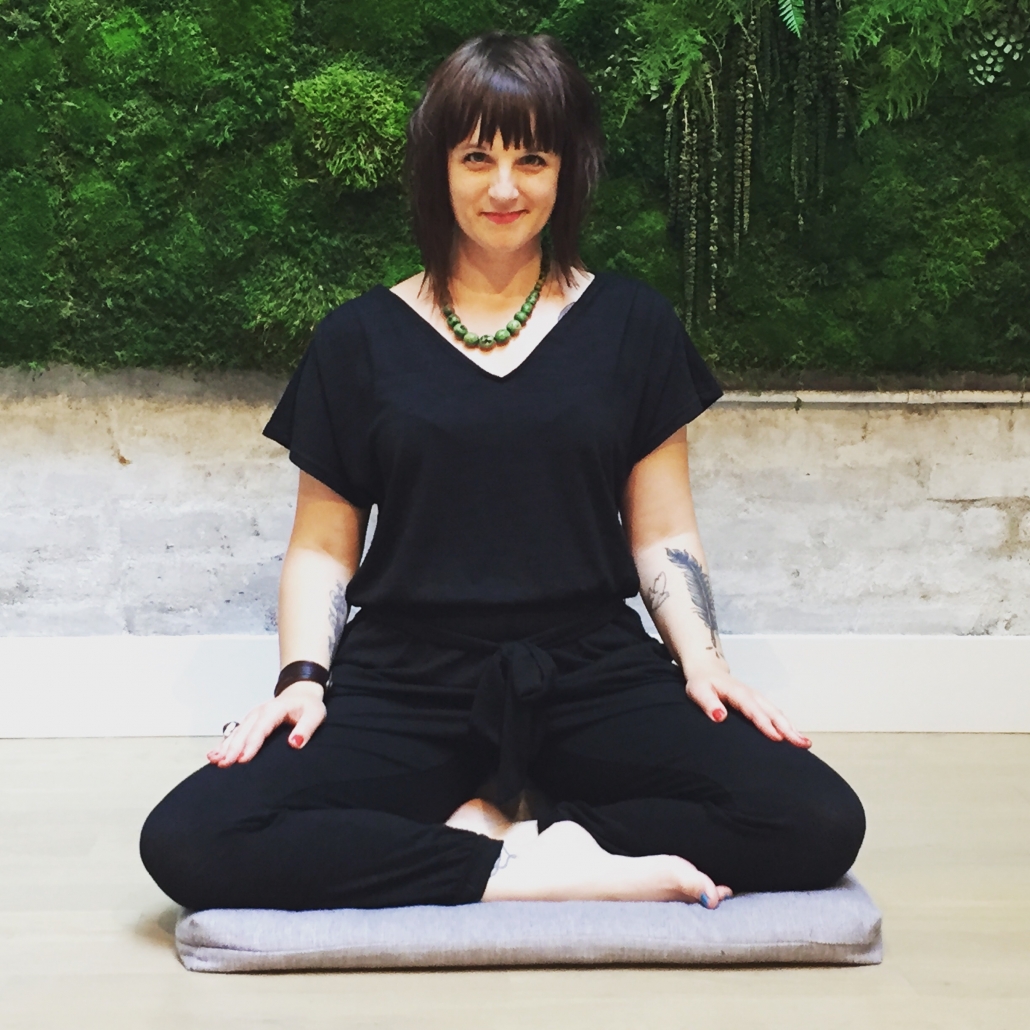How Walking Meditation Will Help You Write – Heather Demetrios
One of my favorite practices as a writer is walking. I’m not at all alone in this.
:: Henry David Thoreau: “How vain it is to sit down to write when you have not stood up to live! Methinks that the moment my legs begin to move, my thoughts begin to flow.”
:: Hemingway: “I would walk along the quais when I had finished work or when I was trying to think something out. It was easier to think if I was walking and doing something or seeing people doing something that they understood.”
It’s been calculated that William Wordsworth, whose poetry is rich with natural imagery and public spaces, walked as much as 180,000 miles in his life (six and a half miles a day beginning at the age of five – what?!).
Walking has been a part of my writing process for years and years. Somehow, it always does the trick when I need to shake out the cobwebs, reboot my system, or find some inspiration. Without fail, a walk will help me sort out a tricky plot problem, give me a cool new story idea, or provide a line or scene that I’ve just got to get down on the page as soon as I’m home. There’s a reason walking works, and it’s worth making an effort to bring more of it into your process.
In this post, I’ll be getting into WHY walking is so helpful for writers (this great New Yorker article outlines some of what I’ll be sharing below) and then I’ll be getting into some practical things you can do to bring walking meditation into your writing process to increase flow and focus—and maybe get some of those Eurekas! you’re hoping for on your WIP. I even have a handy video tutorial!
Why Walking Is A Magic Potion For Writers
What is it about walking that is so helpful to us as writers?
- Chemical stuff in the body. Namely, your brain gets more oxygen. Think improving focus and memory.
- Ever had an Aha! moment while walking? That’s because the act of walking promotes new connections between brain cells.
A fairly recent study has shown that walking actually helps us have innovative ideas and strokes of insight. This is because the mind is allowed to wander freely and things can naturally bubble up (more on this later, because this is somewhat counter to what I’m going to tell you about traditional walking meditation practice).
Where we walk is important too—think green. Think nature. Think expansive. This is because nature gives rise to tuning in more to the senses. To paying attention. And this is what meditation is all about.
Walking Meditation For Writers
In his New Yorker review of Frédéric Gros’ book, “A Philosophy of Walking,” Adam Gopnik asserts that walking “is the Western equivalent of what Asians accomplish by sitting. Walking is the Western form of meditation.”
Gros seems to agree. In Philosophy he says: “You’re doing nothing when you walk, nothing but walking. But having nothing to do but walk makes it possible to recover the pure sensation of being, to rediscover the simple joy of existing, the joy that permeates the whole of childhood.”
Walking is actually one of the four postures of meditation suggested by the Buddha. It’s as legitimate as sitting. So it’s a great option for those of you who aren’t ready to hit the cushion or chair just yet. (Although, if my mile-a-minute monkey mind can do it, so can yours.).
What I love about walking meditation is that it’s a great head-clearer. Sometimes, I’ll just set my meditation timer and do five minutes of walking meditation between hour sessions of writing, just to get my body moving. It really helps. It doesn’t have to be this big deal. Get up and do the practice for a few minutes. You’ve got to start somewhere. Longer walking meditation sessions—twenty minutes or so in a backyard, if I’ve access to one, or in a living room if the weather isn’t playing nice or I don’t have a yard to use—is great for going deep. It’s a proper meditation session and very often yields enormous results. Some of my biggest life choices have come as a direct result of walking meditation.
How Walking Meditation Is Different Than Taking A Stroll
When I go for a walk outside, that’s a walk—not walking meditation. The meditation practice is very intentional, along a short, set path. You go back and forth, focusing entirely on the feel of your feet moving across the earth. The Zen teacher Thich Nhat Hanh says to, “Walk as if you are kissing the earth with your feet.”
Your object of meditation is the feel of your feet moving. So when your mind wanders, you actually want to bring it back to your object of meditation. Now, this is counter to what that study earlier in this post said is so great about walking and creativity: it allows your mind to wander freely. True, we do bring the mind back to its focus for the meditation, but I haven’t found this to be a creative hindrance because it’s working my flow muscle (That’s because what’s happening in your brain when you meditate is the same thing that happens when it’s in flow. I talk more about that here).
I’ve found that walking meditation gives me laser focus and calm. In fact, this same study I mentioned earlier about the connection between the free-floating mind while walking and creativity says that if you want laser focus, an ambling walk isn’t actually ideal for that, so walking meditation is PERFECT for you procrastinators or very distracted writers out there.
So, if you’re looking to clear your head, regain your focus, re-align yourself: a traditional walking meditation session could be just the thing.
If you really want to have your mind wander freely or play jazz with walking meditation, you can still do the traditional set up, but then allow your object of meditation to be what we call in the Insight Meditation tradition “Choiceless Awareness.” This means that you allow your mind to notice the different things around you: sound, like, a thought, a feeling. You stay with that thing until the next thing comes, and so on. In this way, you allow yourself the openness and expansiveness of a stroll, but you’re more intentional about the process.
How To Do Walking Meditation
Here is a very short video on the process that I made for my fellow writers.
Here is a blog post with some illustrations and more information on choosing your walking path and what to do with your arms etc. that I wrote a while back.
Thich Nhat Hanh Technique
In a profoundly moving interview that Zen master Thich Nhat Thanh did with Oprah a while back in which they discussed many things, he spoke quite a bit about walking meditation as a means toward self-realization. I really love his technique, and I share it here with you. (I can’t recommend watching the interview enough. It just might change your life).
- He says that when you walk, you should take a few steps and think to yourself, I have arrived, arrived, arrived in the here and the now. Then in your next few steps think, I am home, I am home. This is to instill a deep knowing in yourself that your home is in the here and now. I tried it and really enjoyed practicing this way.
I recently led a retreat where we did some walking meditation, and the writers really dug getting to learn more about this practice. Slowing down is really, really good for us writers. And getting out of a chair is good too.
Walking meditation can open up a lot for you, and create space in the clutter that comes into our minds in such a chaotic and busy world. I hope this practice brings you all the Ahas! and focus and flow you long for.
Breathe. Write. Repeat.
Heather Demetrios (’14) is a young adult author, writing coach, and meditation teacher for writers. She’s the recipient of the Susan P. Bloom PEN New England Award and the author of several critically acclaimed novels, including Bad Romance, I’ll Meet You There, and Exquisite Captive. She’s the editor of the upcoming anthology, Dear Heartbreak: YA Authors and Teens on the Dark Side of Love, which features several VCFA faculty and alumni, and the author of Codename Badass, an upcoming feminist pop biography of WWII spy, Virginia Hall. New fantasy, contemporary, and historical novels are also forthcoming from Macmillan. Her honors include books that have been named Bank Street Best Children’s Books, YALSA Best Fiction For Young Adults selections, a Goodreads Choice Nominee, a Kirkus Best Book, and a Barnes and Noble Best Book. She lives abroad in various locales, but you can always find her at mindfulnessforwriters.com. Find out more about Heather and her books at heatherdemetrios.com.






